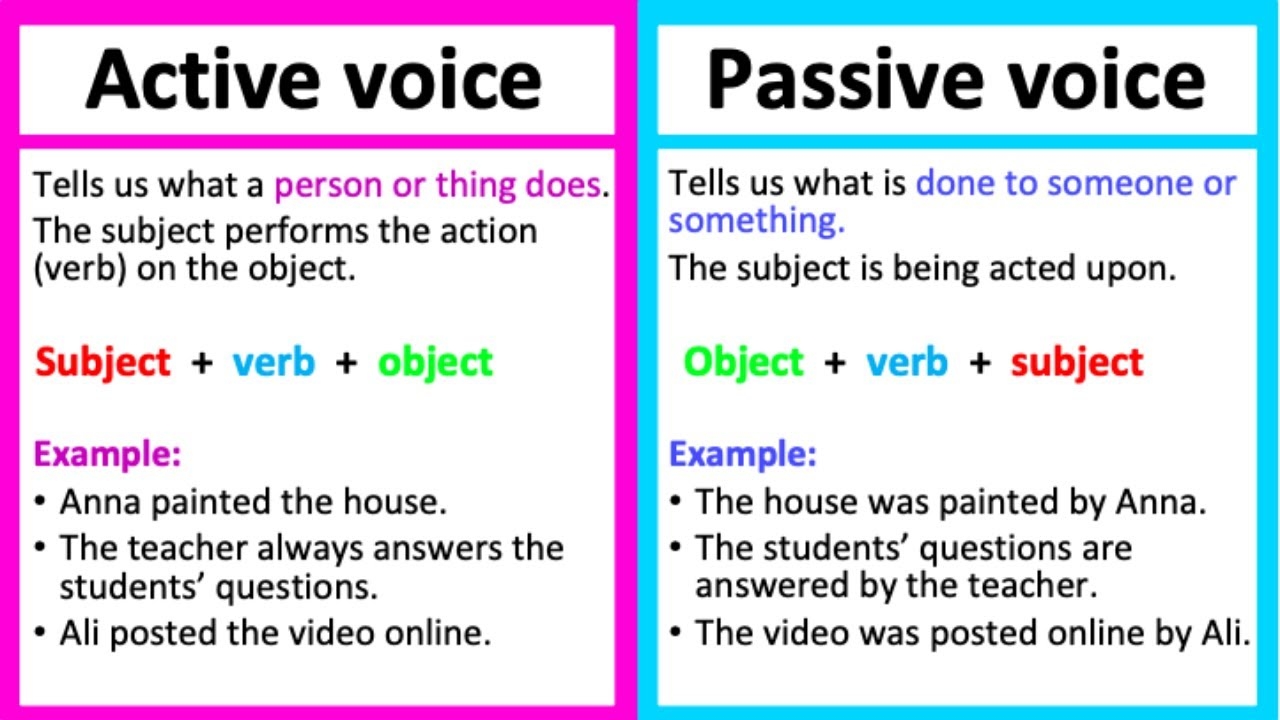When it comes to writing in English, understanding the difference between active and passive voice is crucial. While active voice is typically preferred for its clarity and directness, passive voice can also be used effectively in certain situations. Passive voice sentences are constructed in a way that emphasizes the action being done to the subject, rather than the subject performing the action itself. This can sometimes lead to confusion or ambiguity, but when used correctly, passive voice can add variety and sophistication to your writing.
One common misconception about passive voice is that it should always be avoided. While it’s true that overusing passive voice can make your writing sound dull and convoluted, there are instances where passive voice is the better choice. For example, when the doer of the action is unknown or unimportant, passive voice can be used to shift the focus onto the action itself. Understanding how to construct passive voice sentences can help you make informed decisions about when to use this grammatical structure.
Example of Passive Voice Sentence
An example of a passive voice sentence is: “The cake was baked by Mary.” In this sentence, the focus is on the cake being baked, rather than Mary performing the action of baking. The subject of the sentence (the cake) is receiving the action (being baked), which is why it is considered passive voice. Passive voice sentences often use a form of the verb “to be” (in this case, “was”) followed by the past participle of the main verb (baked).
Another example of passive voice could be: “The report will be reviewed by the committee.” In this sentence, the focus is on the report being reviewed, rather than the committee performing the action of reviewing. Passive voice sentences can vary in tense and structure, but they all share the common feature of emphasizing the action rather than the doer.
It’s important to remember that passive voice should be used strategically and sparingly in your writing. While it can be effective in certain contexts, overusing passive voice can make your writing sound awkward or unclear. By understanding the structure of passive voice sentences and practicing how to use them appropriately, you can elevate the sophistication of your writing and communicate your ideas more effectively.
In conclusion, passive voice sentences offer a unique way to emphasize the action in a sentence and shift the focus away from the doer. By incorporating passive voice strategically and consciously into your writing, you can add variety and depth to your prose. Remember to consider the context and purpose of your writing when deciding whether to use passive voice, and aim for a balance between active and passive constructions to maintain clarity and engagement for your readers.
